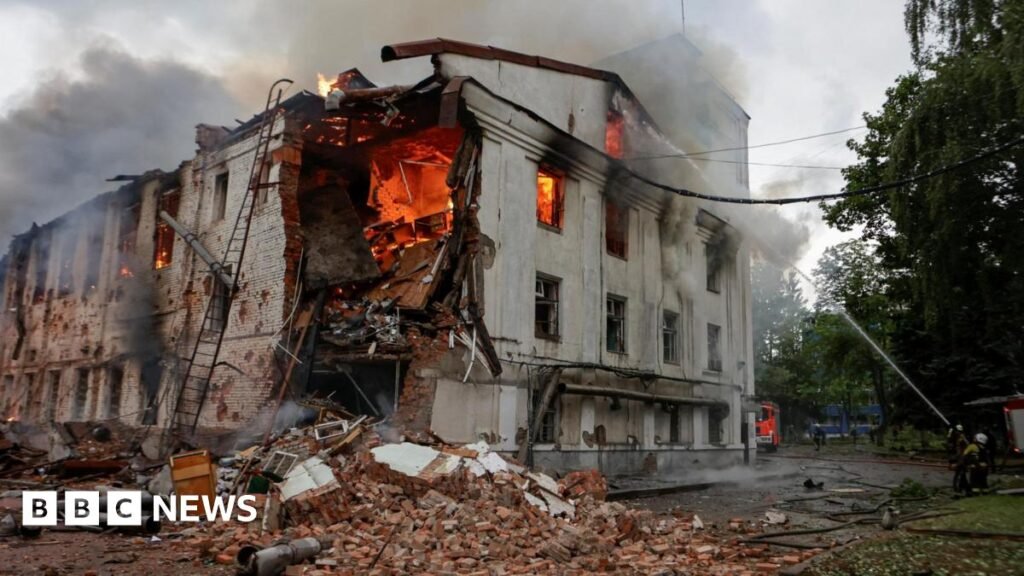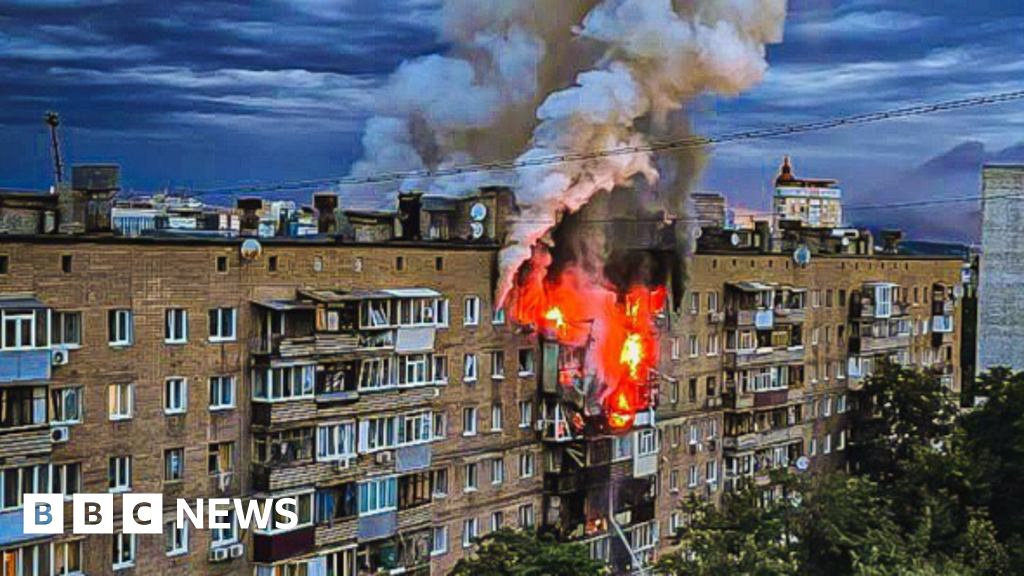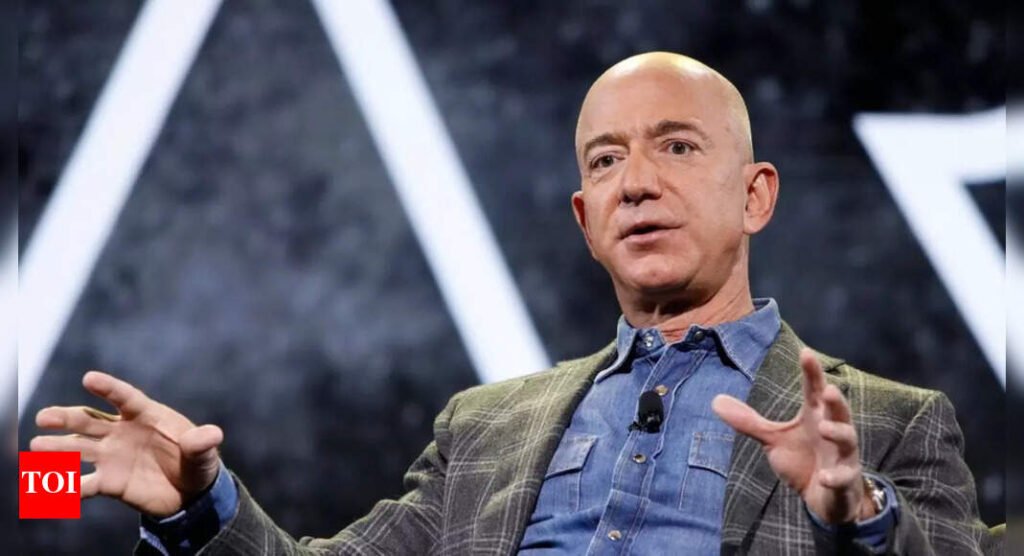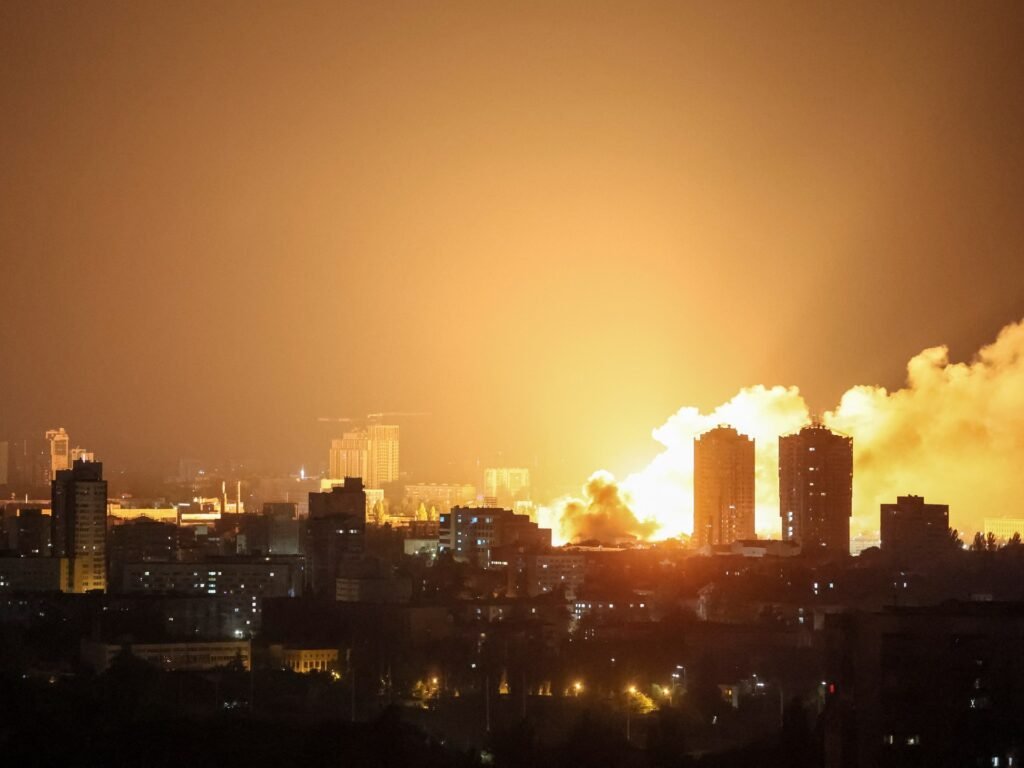Bill Gates arrived at Harvard College in September 1973 as a quiet freshman from Seattle in Wigglesworth Hall. He left campus two years later not with a degree, but with a piece of software that would launch Microsoft and begin reshaping the digital landscape.
Before co-founding the world’s largest software company, Gates spent most of his Harvard days behind the glass walls of the Aiken Computation Laboratory. There, surrounded by the blinking terminals of a PDP-10 mainframe, Gates immersed himself in code — largely unnoticed by his peers and professors.
His trials in the Aiken Lab, in collaboration with Harvard students and his childhood friend Paul Allen, soon lead to the development of a BASIC interpreter that compressed code from Altair computer owners into a smaller device. This code was the first product of Gate and Allen’s business, which they named “Micro-soft,” later shortened to Microsoft.
Gates and his fellow residents of Currier — affectionately coined “nerd world” by students — were a microcosm of the burgeoning field of computer science. Over dining hall conversations and late-night meetups at the grill, Gates and his colleagues immersed themselves in a hub of entrepreneurship.
His long hours with Harv-10 — Harvard’s nickname for its PDP-10 model — were only interrupted by hours-long poker matches and pinball tournaments at Currier House.
Kirk H. Citron ’77, who worked at the Currier grille, said Gates would visit the late-night eatery “probably on his way to or from the Science Center.”
“It’s a pretty famous story that he would spend all night on the computer systems in the basement of the Science Center,” Citron added.
‘A Ridiculous Number of Classes’
When Gates started at Harvard, the College was still a decade away from offering a Computer Science degree. Instead, Gates took as many Applied Math classes as he could.
“I loved my time at Harvard. I took a ridiculous number of classes, some that I’ve signed up for, some that I just audited,” Gates said at a February talk in Sanders Theater.
As a freshman, Gates enrolled in Math 55, Harvard’s most advanced introductory mathematics course. He also audited and enrolled in graduate-level classes, including Applied Math 251a and 251br — both taught by Jeffrey P. Buzen, whom Gates later described as teaching “the only computer course I officially took at Harvard.”
Buzen said Gates’ presence in the class was highly unusual for a freshman.
“He was overall intelligent enough certainly to take the course for credit, even though he was a freshman,” Buzen said. “That was rare in those days, because people came to Harvard without extensive background in computers that nowadays you typically see.”
By sophomore year, Gates was also enrolled in Applied Math 122, taught by computer science professor Harry R. Lewis ’68. “I didn’t interact with him about Microsoft or the thing that was becoming Microsoft at all,” Lewis said. “Could I have picked him out from all of the other smart, self-confident, overly confident sophomores? Probably not.”
On the first day of class, Lewis said he posed the “pancake problem” to his students — a math puzzle that involves finding the smallest number of flips required to sort a stack of pancakes by their diameters.
Gates came back to class with the solution two days later. “That was the basis on which we got to know each other,” Lewis said.
Four years later, Gates published a proof of the pancake problem, determining that it takes five-thirds of a flip per pancake to sort any size stack. He credited Lewis as suggesting the problem.
Monte Davidoff ’77, Gates’ sophomore roommate in Currier House, said Gates was usually a reserved student. “He kept to himself and his small circle of friends, but he could be intense,” Davidoff said.
Barbara G. Rosenkrantz ’44, the Currier House Master when Gates lived there, said in a 1992 interview with The Crimson that Gates was rarely home. “He was not usually in the house at that time,” she said, adding that she supposed he spent his hours at the Aiken Computation Laboratory.
Rosenkrantz was right. When Gates was not in class, he was at the Aiken Lab, where he was granted rare undergraduate access to the PDP-10 mainframe by Harvard professor Tom Cheatham — a resource that was reserved primarily for graduate students.
“There was a big computer here that nobody was supervising, and I went to the professor as an undergraduate, which was weird, and got permission to use this graduate computer,” Gates said in February.
Outside of the lab, Gates played video games and foosball in the Aiken Lab, and made frequent stops at a pinball machine near the Currier House grille with future Microsoft CEO Steve Ballmer ’77 at all hours of the night. He also played in late-night poker games with other Currier residents, though not with particular success.
“We played poker starting at typically nine o’clock at night, and then played through till 7:00 a.m., more so to have breakfast, and then go to sleep and wake up in the afternoon for afternoon classes,” said Robert F. Margolskee ’75, another Currier resident who is now a professor at the University of Pennsylvania’s medical school.
It was at those evening hangouts that Gates expressed his frustration with his classes conflicting with his growing company.
“I remember him speaking of having ‘ideas’ he wanted to carry out in the world, and he was feeling frustrated that he felt ‘too tied up with classes’ to do them yet,” fellow Currier resident Leszek Sachs ’75 said.
‘What Are You Doing on This Computer?’
Gates spent countless hours working at Harvard’s PDP-10 mainframe, initially with permission — but eventually far beyond what administrators expected.
“I was messing around, doing a lot of things, and eventually I’m bringing in another student, Monte [N. Davidoff ’78], and Paul [Allen], to help me write the BASIC interpreter, just the first Microsoft product,” Gates said at the February talk.
Allen, Gates’ childhood friend from Seattle and future Microsoft co-founder, was not a Harvard student. But the two remained close, and Allen made regular trips to Cambridge. It was halfway through Gates’ sophomore year when Allen first spotted the Altair 8800 — the first commercially available personal computer — on the cover of Popular Electronics, purchased at a Harvard Square newsstand.
“He buys this magazine that has on the cover the very first personal computer,” Gates said in February. “And it’s a cold Boston winter, and he says, ‘Here we are freezing to death, and the revolution has happened without us.’”
Eager to join that revolution, Gates and Allen called Micro Instrumentation and Telemetry Systems — the makers of the Altair — to pitch a beginner friendly programming language called Beginner’s All-purpose Symbolic Instruction Code, known as BASIC, for the Altair. MITS responded by asking for a working version, but neither Gates nor Allen had an Altair to begin with.
What they could not buy, they emulated with the Harv-10. With Davidoff, who got involved over a conversation about Gates and Allen’s project over dinner in the Currier dhall, Gates and Allen began working around the clock to develop their version of BASIC for the Altair in the Aiken Lab.
“To me, it was just a side project,” Davidoff said. “I was completely unaware of what Microsoft could become now.”
The trio’s work consumed an enormous amount of computer time on Harvard’s PDP-10.
According to Davidoff, system usage logs flagged Gates for an outsized share of resources and their work on the computer was brought to the Harvard College Administrative Board, tasked with dispensing discipline.
“At some point they had accounting software running that said how much each user used,” Davidoff said. “And at some point, the administrator of that system noticed that Bill was using a huge amount of computer time.”
“They were kind of aghast,” Gates said in February. “They called me up, and they’re like, ‘Who are you and what are you doing on this computer?’”
The PDP-10 at Harvard was partially funded by the federal government to support military-related research and development, though it was also used for other purposes like game development. Gates allowing a non-student Allen to use it was a violation of the University’s policies.
The Board ultimately allowed Gates to stay — but barred him from letting Allen and other non-students onto the system. “It was a little scary,” Gates said.
Gates also agreed to place an earlier version of the BASIC interpreter into the public domain — but not the version the trio had developed for Microsoft.
Their interpreter made the Altair functional and accessible for non-specialists, transforming it from a machine for hobbyists into one of the first truly usable personal computers.
That software became Microsoft’s first product.
‘Told You I’d Come Back’
Gates officially left on a leave of absence in spring of his sophomore year. He came back for a brief stint in the spring and fall of 1976 before permanently moving to Albuquerque, where his business was growing. He was two semesters away from graduating before leaving Harvard for good.
“It’s not risky to drop out because you can always come back,” Gates said at the February talk. “What’s risky is when you start hiring people who move their families and they expect you to pay their salary.”
Though he formally left, Gates never quite considered the decision permanent. “I said I’m going on leave,” he said. “Even Harvard had me marked down as being on leave.”
He never completed his degree, but Gates’ connection to Harvard only deepened in the decades that followed.
In 1996, Gates and Ballmer — a former Crimson advertising manager — donated $25 million to support Harvard’s computer science and electrical engineering programs.
The gift funded the construction of the Maxwell Dworkin Laboratory, named in honor of their mothers, Mary Maxwell Gates and Beatrice Dworkin Ballmer. The building, completed in 1999, remains a key hub for the School of Engineering and Applied Sciences.
In 2000, the Bill & Melinda Gates Foundation also awarded a five-year, $45 million grant to a Harvard Medical School program targeting multi-drug-resistant tuberculosis in Peru — one of the largest single grants in the school’s history at the time.
Gates has returned to speak at Harvard on several occasions, including events in 2004, 2010, 2018, and most recently, in 2025. In the audience during his 2004 visit was Mark Zuckerberg ’06 — then a sophomore — who would soon follow in Gates’ footsteps as another Harvard dropout-turned-tech mogul.
In 2007, Gates returned to campus to deliver the Commencement address and was awarded an honorary Doctor of Laws.
“I’ve been waiting more than 30 years to say this: Dad, I always told you I’d come back and get my degree,” he said then.
—Staff writer Caroline G. Hennigan can be reached at caroline.hennigan@thecrimson.com. Follow her on X @cghennigan.
—Staff writer Saketh Sundar can be reached at saketh.sundar@thecrimson.com. Follow him on X @saketh_sundar.







